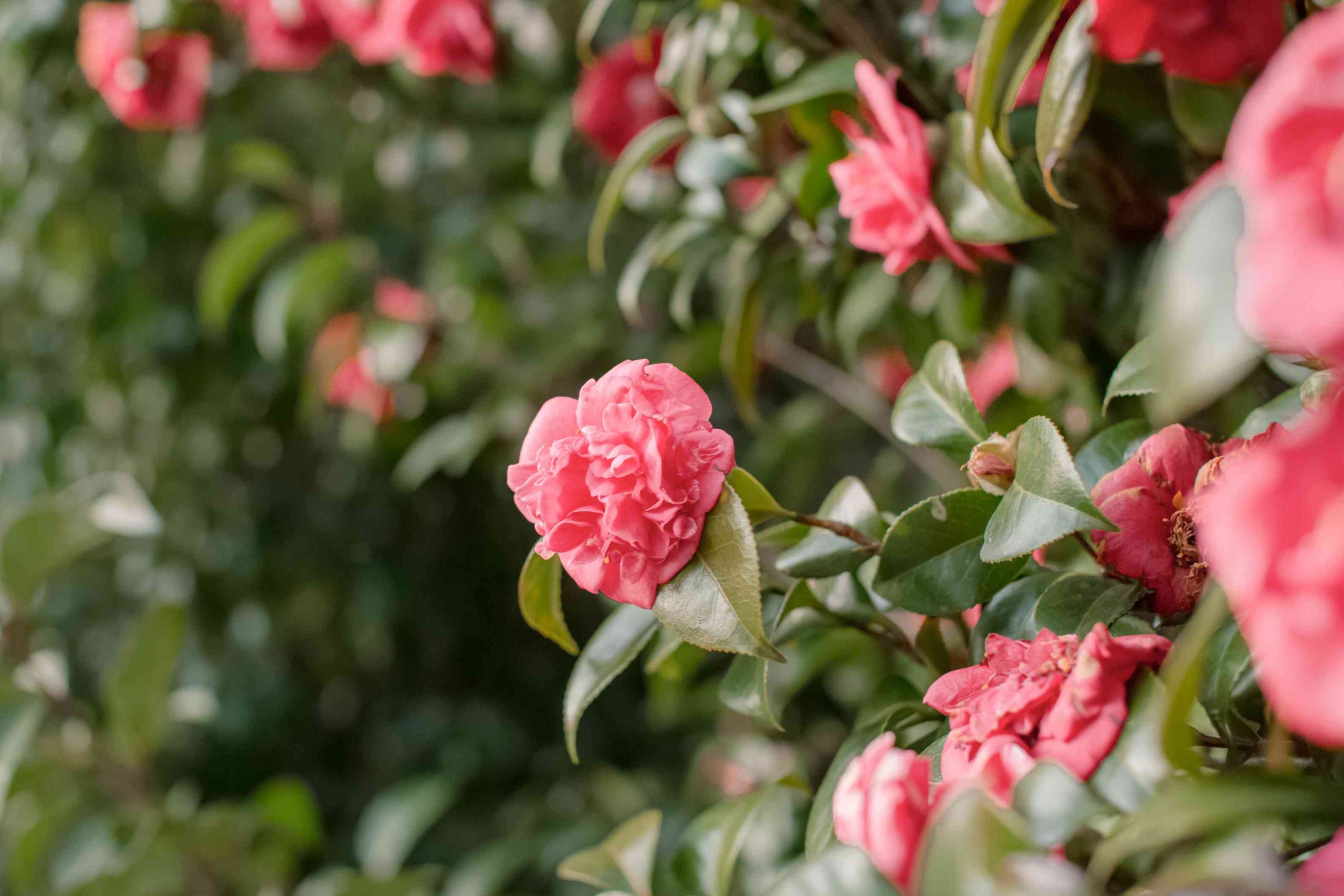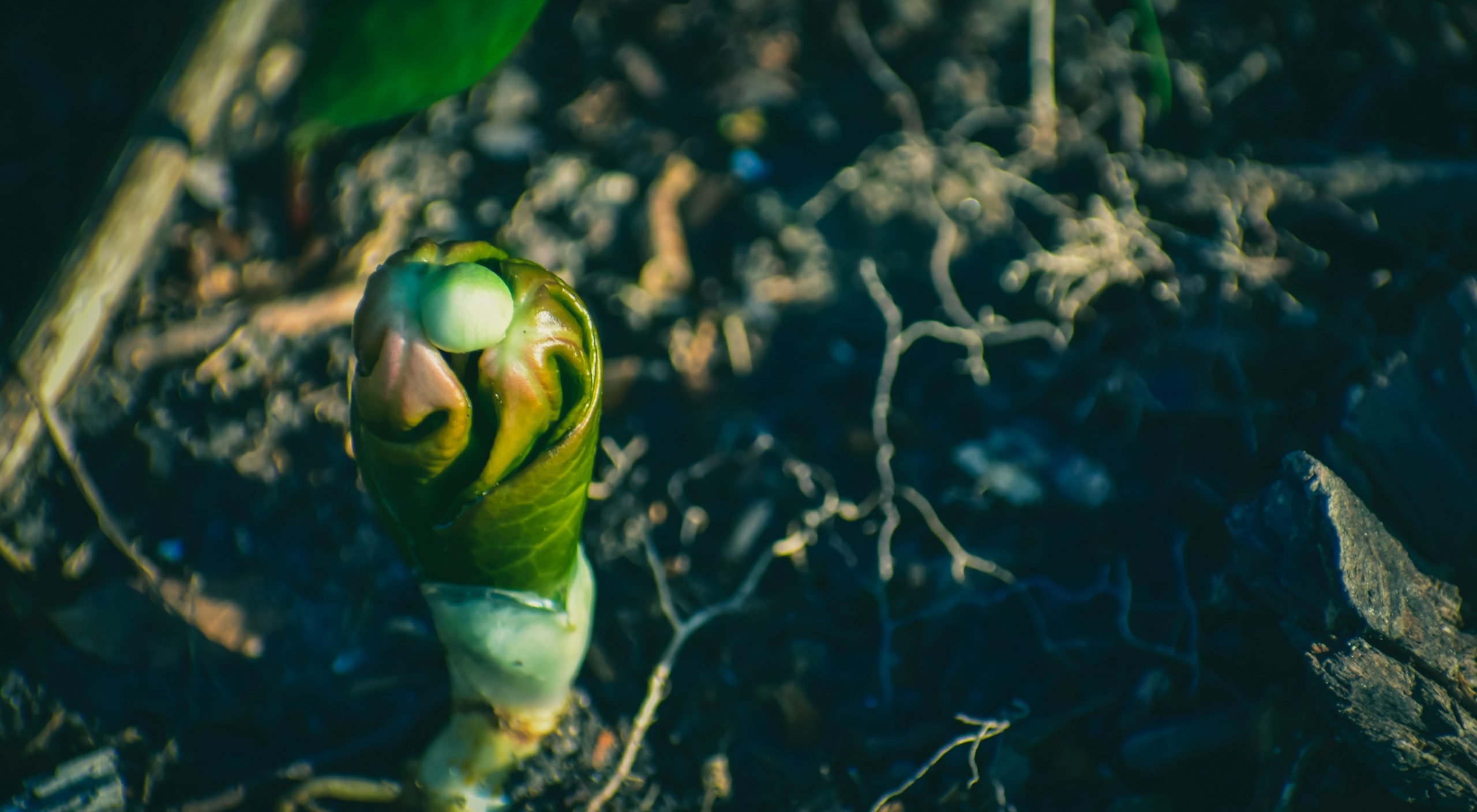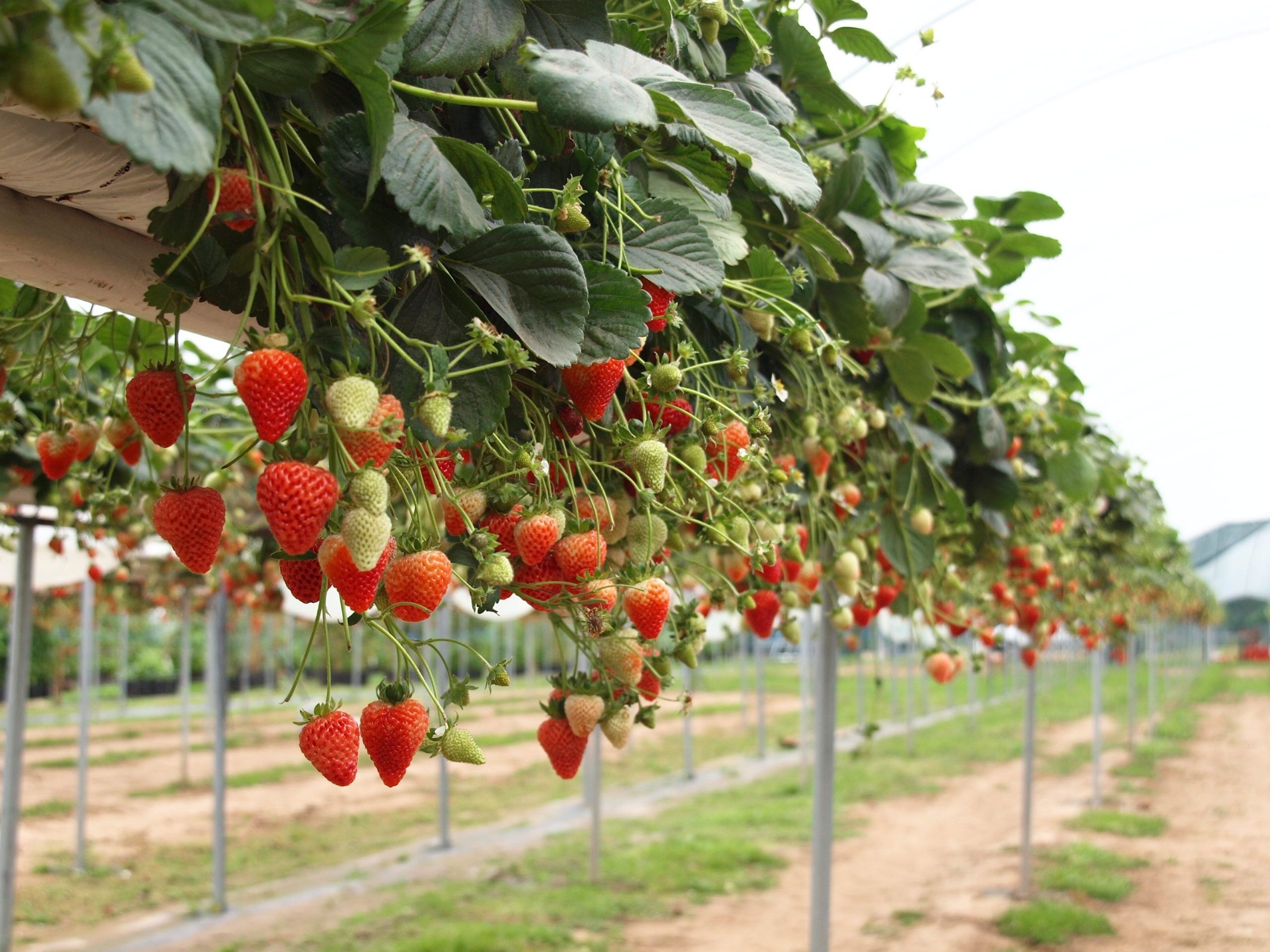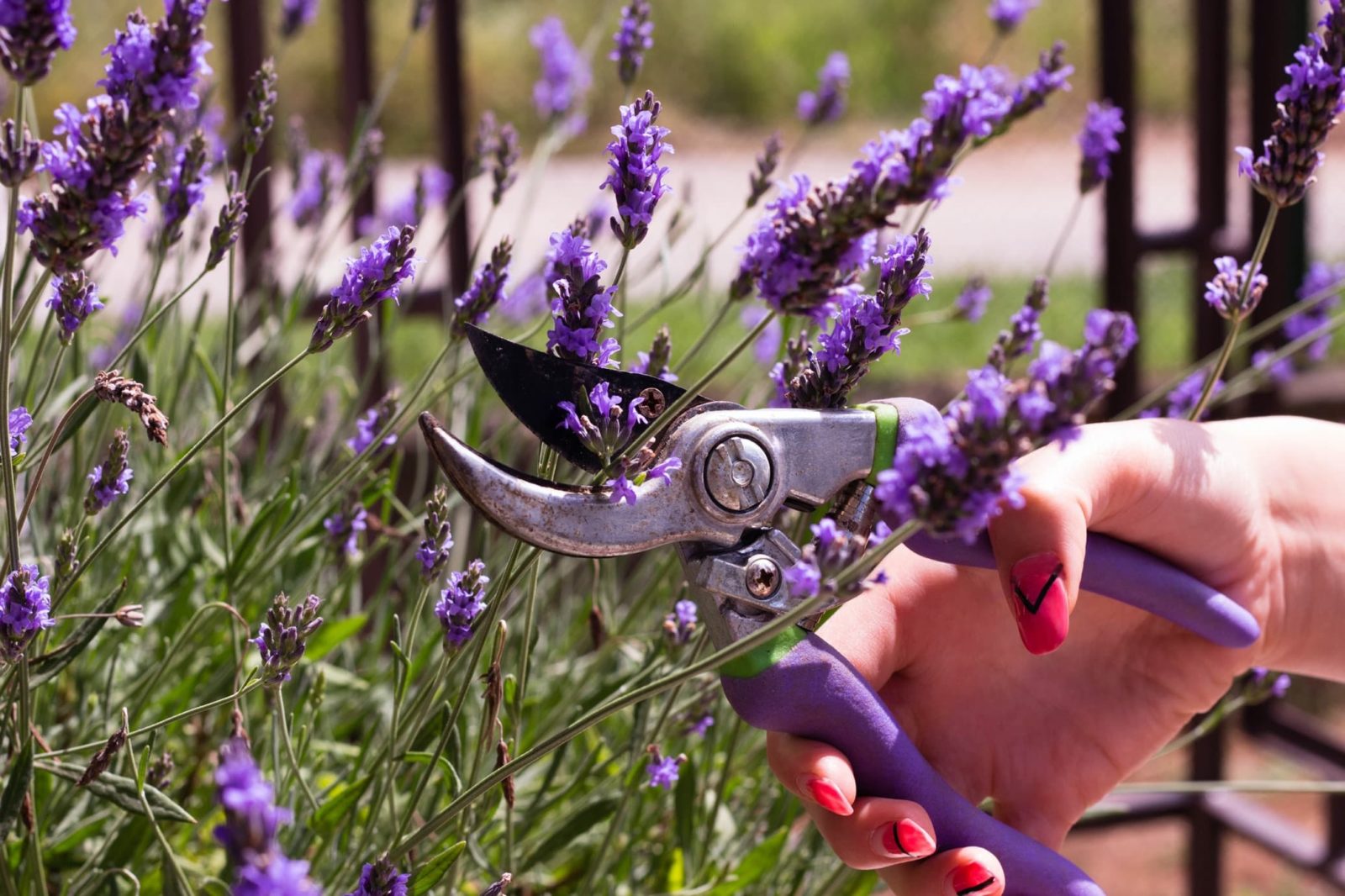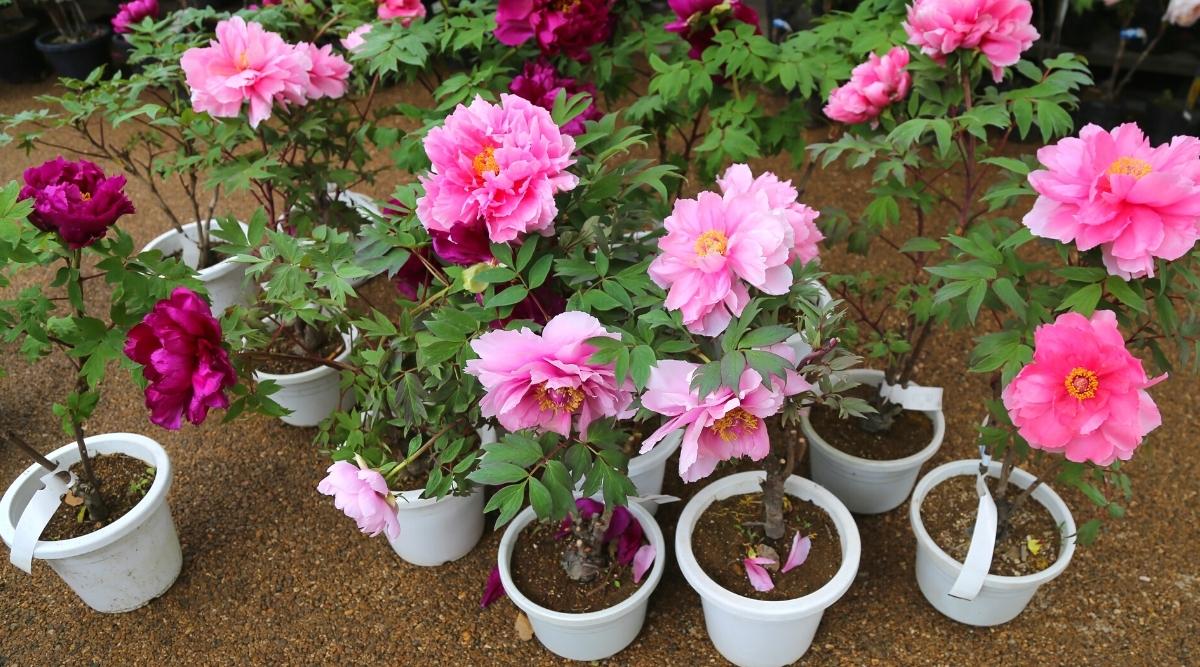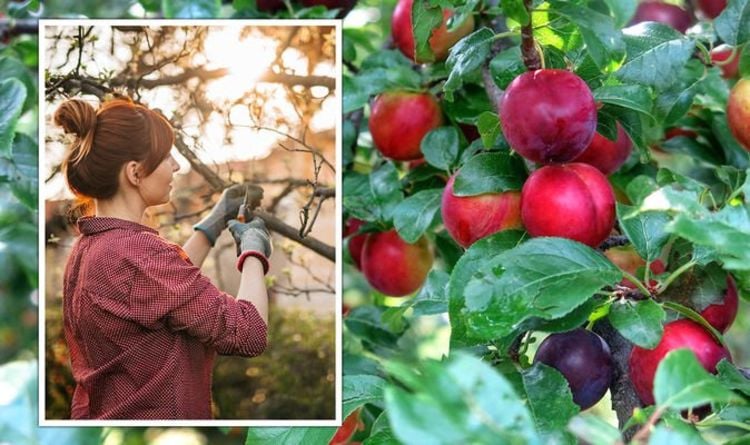How to Grow Hebe in Pots: A Complete Guide
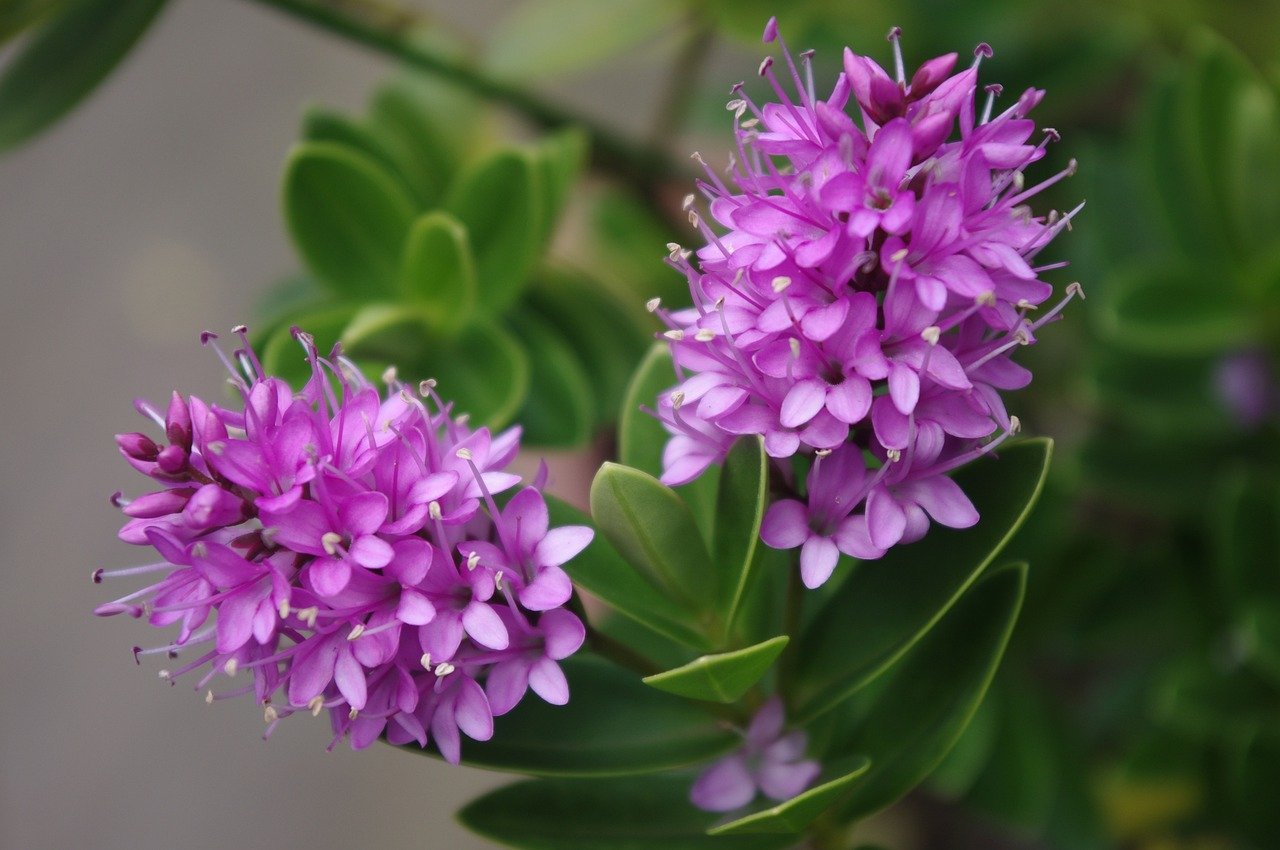
Table of Contents
Are you looking to jazz up your balcony, terrace, or patio with easy-to-care flowering plants? Then get your hands on some hebe bushes! These low-fuss evergreens come in tons of colours and brighten up any container with little effort from you. Just follow these simple steps suggested in our blog, “How To Grow Hebe In Pots: A Comprehensive Guide,” to grow these stunning hebes in a pot.
We will show how to grow hebes in pots successfully, from choosing the appropriate vessel and potting mix to planting and overwintering hebes in pots. Moreover, the blog will introduce you to some suitable pot-growing varieties. By growing hebe in pots, you can control its size and shape, move it around to fit your design preferences and protect it from harsh weather.
Get ready to grow healthy and happy hebe blossoms to brighten your space all year round!
The Ideal Pot/ Planter for Hebe
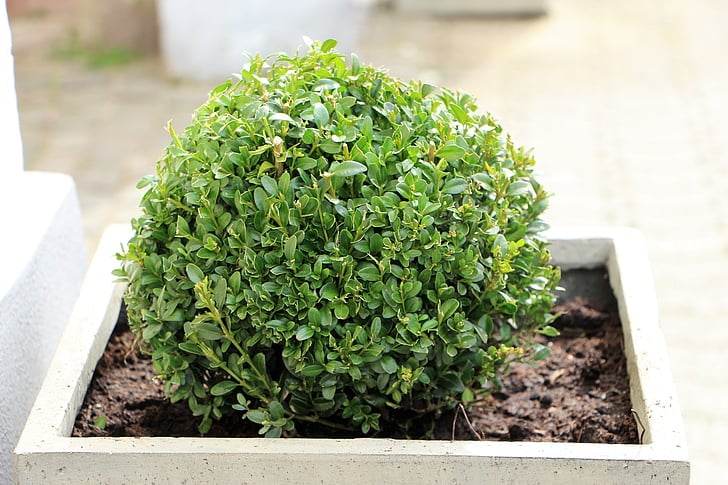
There are several things to bear in mind when choosing a planter for a hebe plant. The pot’s size should be appropriate for the type of Hebe you’re growing.
Expert growers pick a minimum of a 30cm.-broad-planter for their hebe plant. The structure of the pot is also important. Pick a container with openings for drainage and then add well-draining soil for potting to it.
Do remember the hebes thrive in the soil type with well-draining capacity. They can withstand both inadequately nourished and little alkaline or acidic soil.
In terms of aesthetics, there are many options available you can choose a pot that complements the colour and texture of the hebe plant and matches the style of your garden or home.
These planters are available at garden centres, nurseries, or online. Smaller or more compact varieties such as Hebe rakaiensis, Hebe albicans, Hebe Carl Teschner, Hebe Sutherlandii, and Hepe Silver Dollar are suitable for growing in pots.
We hope this information will help you select the perfect pot to grow hebes.
How to Grow Hebe in Pots
You are now aware of the vital characteristics of the hebe plant. Use the procedure listed below to transplant hebe from nursery planters to your on-hand pots.
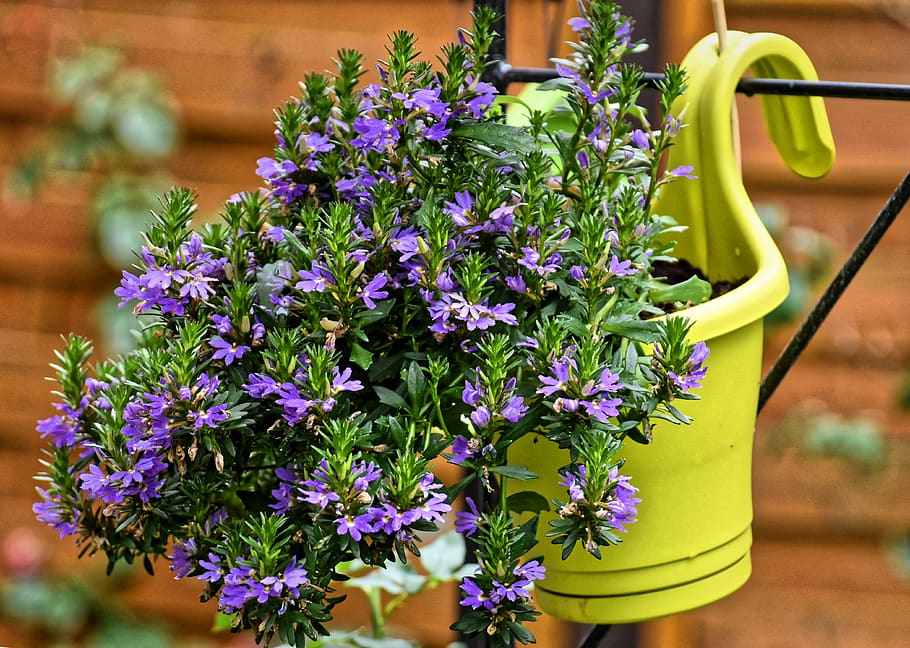
Process of Planting a New Hebe Plant
- Choose a pot with drainage holes and fill it with a well-draining potting mix.
- Sterilize your tools and containers before planting Hebe in pots. You can accomplish this by placing them in a 10-minute boil.
- Make a hole in the ground slightly larger than the nursery pot the plant is currently in.
- Use a fork to carefully lift each plant out of its for including the soil it’s growing in.
- Grab the plant with one hand while you make a small hole in the new pot.
- Place the plant into the hole and push the soil firmly around it.
- Water it until you see water coming through the drainage holes in the bottom of the new pot. Set the hebe plant in a spot with full sun or partial shade. Keep the soil moist.
- Prune your hebe regularly in late summer.
Propagating Hebes in Pots
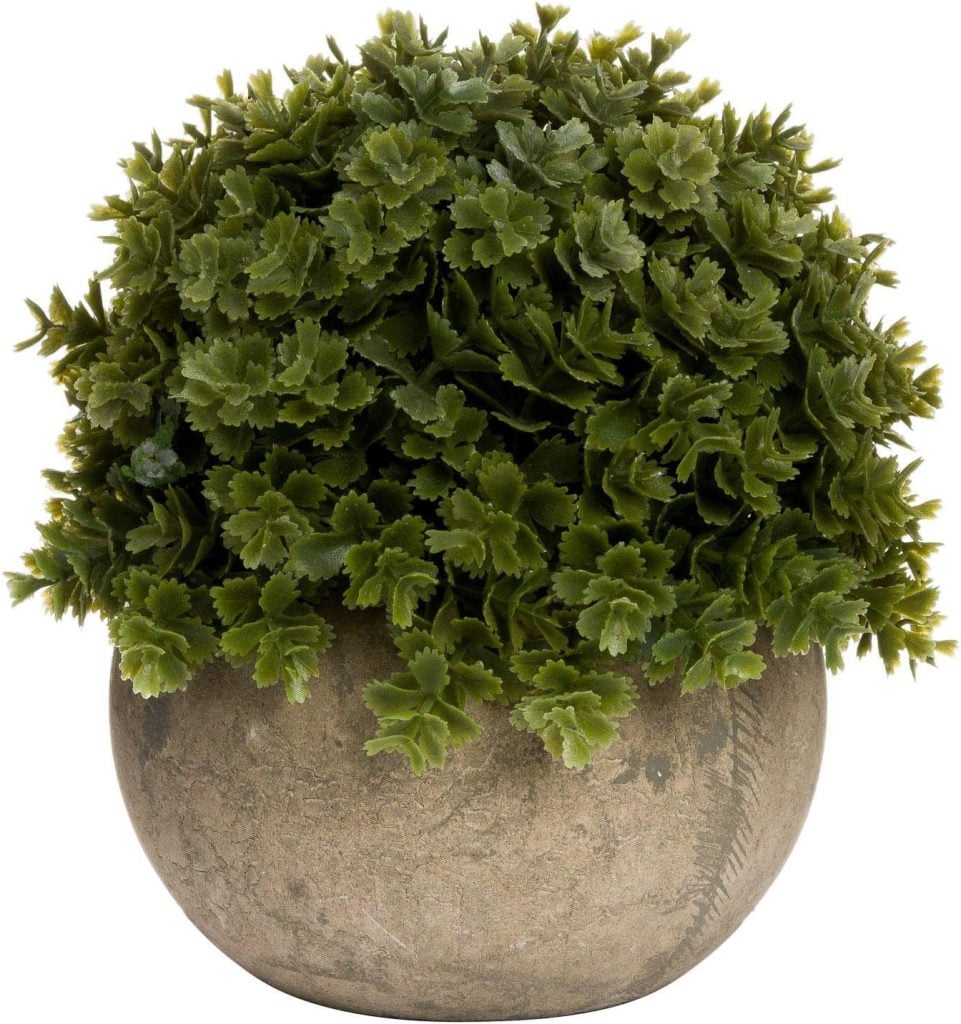
Wide hebe varieties with smaller leaves sprout best from half-ripe shoots. You can cultivate hebes from softwood, too. Check that the cutting is solid at the bottom and soft at the tip. Choose healthy stems from July to September for propagation. Water the plant adequately, don’t overdo it—Winterize in a warm frost-free area with good ventilation.
Within two years, the freshly planted habe will bear purple, pink or white flowers.
- Add more of our the exclusive Recipe collection flower stems to create your own bouquet
- Realistic look and feel Faux plants
- This minature potted Hebe plant is incredibly realistic looking and has the real touch feel, easy to...
Preparation of Potting Mix
To create a well-drained, fertile, and slightly acidic potting mix for hebe, you can use ingredients such as compost, perlite, peat moss, and lime. Here is a step-by-step guide to help you prepare the potting mix.
- Choose a clean pot with drainage holes.
- With the help of a hand trowel, add well-draining potting soil to the pot until it is up to the edge.
- You may blend high-standard topsoil or red soil with vermicompost or manure in an equal amount. Adding peat moss or coco peat in equal amounts will give better yield and health to your plant.
- Add 200 grams of bone meal, 200 grams of oil cake, and 200 grams of wood ash for every 15 kg of the above mixture. Mix them well.
- You can adjust the pH level of the mix by adding lime if necessary. Lime makes it more alkaline.
- Adjust the moisture level of the mix by adding water if necessary. Be careful! You should not overwater your plant as it can lead to root decay.
Common Varieties of Hebe in Pots
The place of Hebe is New Zealand. More than 80 varieties of hebes bloom in different parts of the world. Some of the most charming hebe-in-pots varieties are listed below.
1. Hebe Rakaiensis
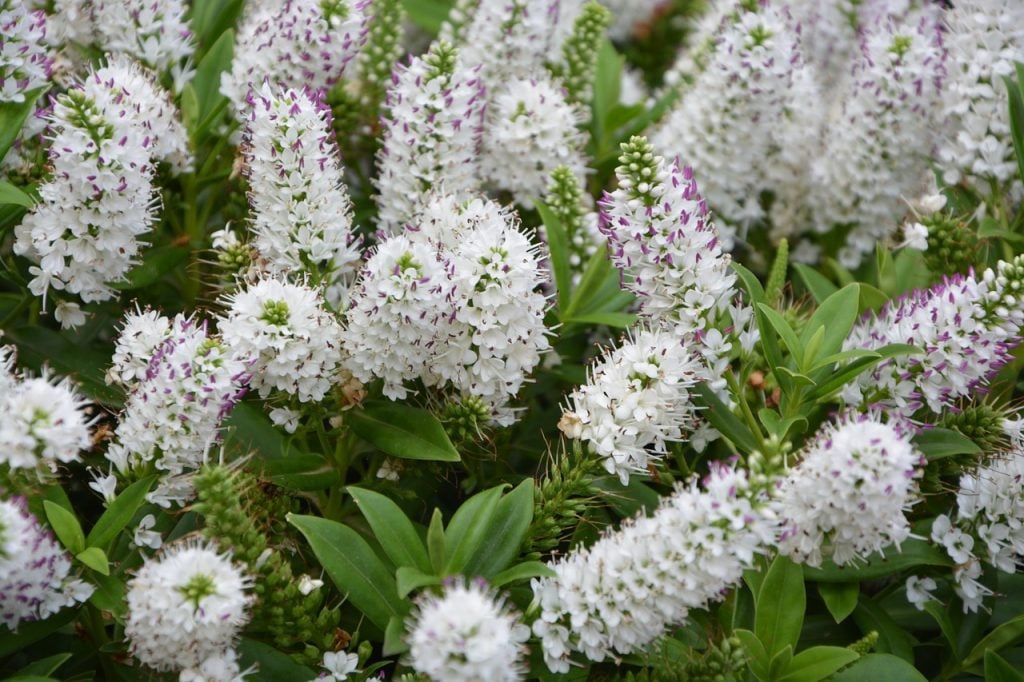
With tiny leaves that are vividly verdant, the Hebe rakaiensis best thrive in pots or planters. This unique and hardy hebe variety appears arranged and spherical and grows up to 1m in height and width.
This shrug requires some winter shielding, especially during the chilliest times. From the onset of summer, the white blooms of this plant charm pollinators.
2. Hebe Albicans
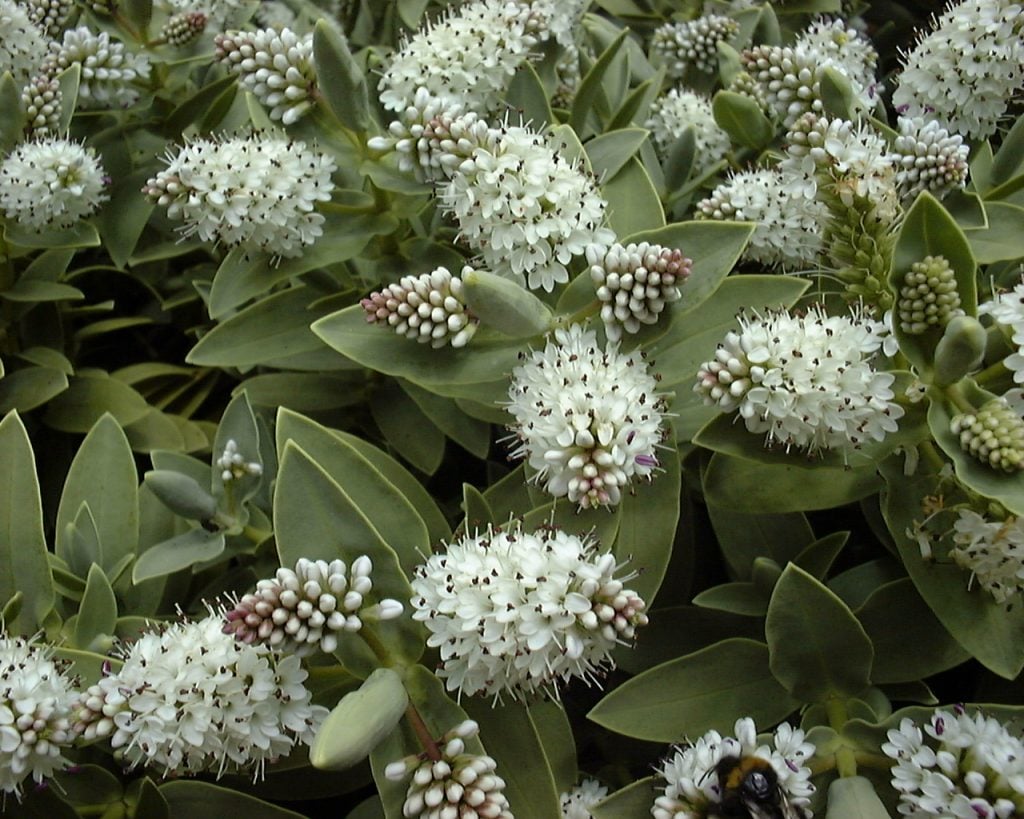
A little gem of a plant, this compact bush is perfect for pots or edging walkways. What sets this species apart is its thick, almost rubber-like, oblong greyish-blue leaves.
Bees and butterflies flock to its small, oval white flowers that pop up in early summer and complement its darker leaves beautifully.
This Hebe Albicans will handle full sun or partial shade, yet prefers a spot with some cover.
3. Hebe Carl Teschner

Little ‘Carl Teschner’ is an absolute gem of a dwarf shrub, perfect for edging paths or sprucing up containers thanks to its petite stature.
Its leaves are dark green year-round, then in summer, it bursts into life with a beauty of large blooms that fade to creamy white as they mature. Its hardiness level is four and it can handle temperatures from -5 to 10℃.
4. Hebe Sutherlandii
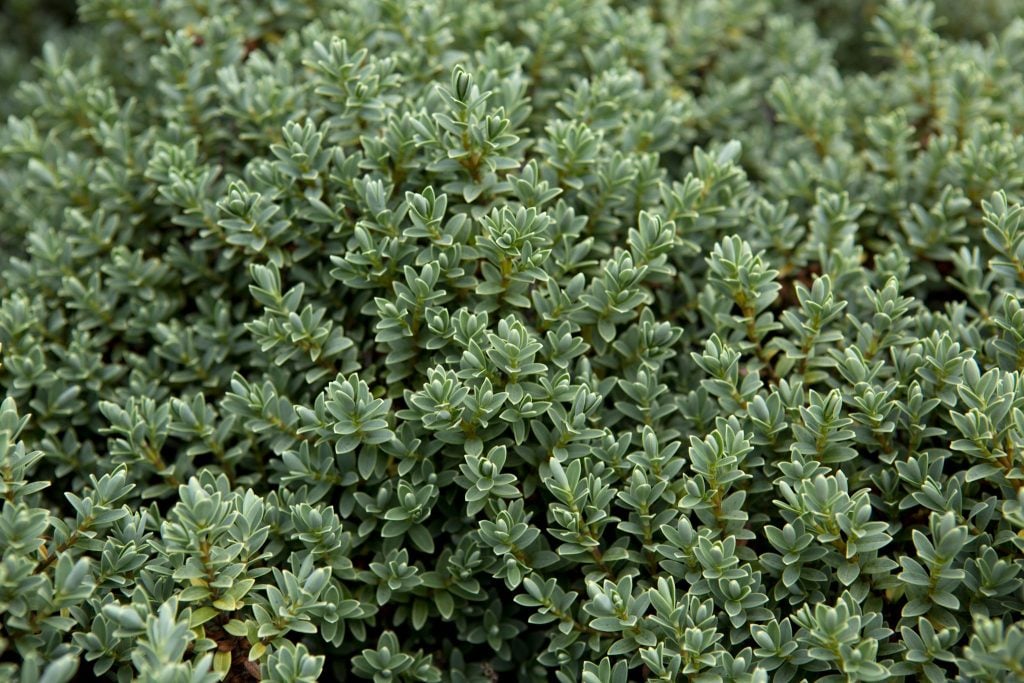
The shrubbery is lighter and greener; Hebe ‘Sutherland’ has a slightly bushier and more compact form. This tough and hardy shrub will reach a maximum height and spread of just under 50 cm over time and bring joy to pollinated when in bloom during May and June.
Additionally, ideal for pot growing and being alright with salt, this variety is perfect for a seaside garden and produces tiny white blossoms that contrast well against its green leaves.
- A splendid, dwarf evergreen variety which forms low, carpeting mounds of small, glaucous, grey-green...
- Growing only about 1foot high, it has a dense growth habit.
- Spikes of beautiful white blossoms with blue anthers are produced in early summer.
5. Hebe Silver Dollar
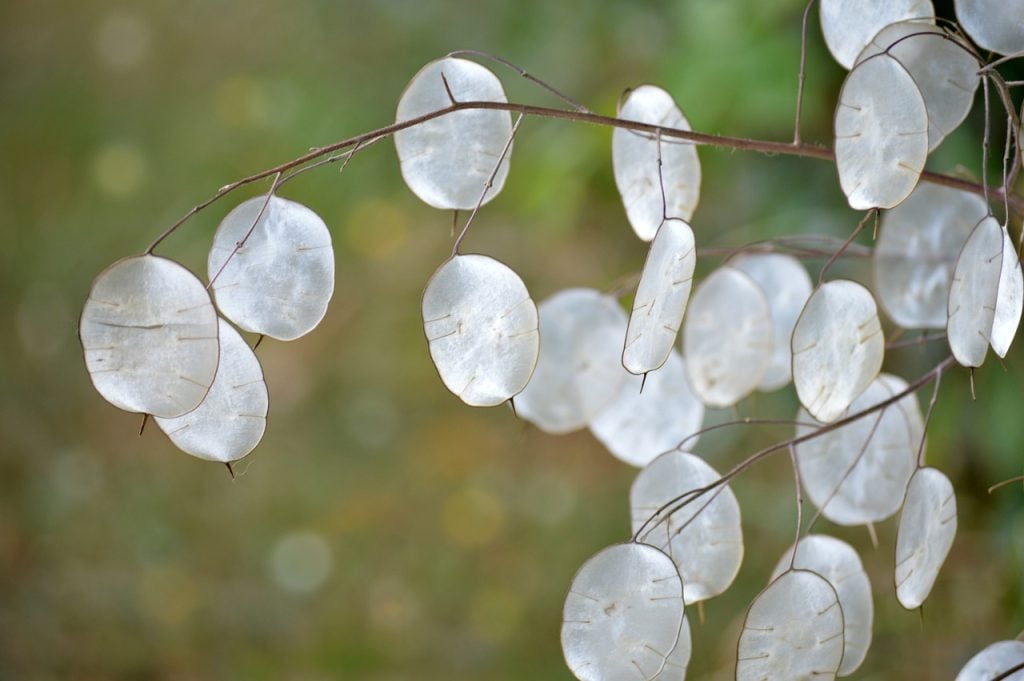
This shrub’s leaves and flowers make it a total showstopper! The Silver Dollar hebe has leaves that start as silver-green, then turns deep red in the autumn.
The pale mauve flowers fade to white in early summer providing beauty all year. The gently rounded appearance of this variety, which grows nearly two feet tall and wide, its rounded shape fits perfectly in your pots or alley.
So, plant this exquisite hebe in pots right away to give your terrace a bit of visual interest.
Avoidable Common Errors
Some common mistakes to avoid when transplanting hebe are,
- Planting in a pot without drainage holes.
- Overwatering or underwatering the plant.
- Picking a location for the potted hebe with too much or too little daylight.
- You don’t do pruning when needed.
- Transplant shock can occur when a plant is uprooted from one location to another.
- To deal with transplant shock, follow these steps.
- Water the plant thoroughly after transplanting, and keep the soil moist but not waterlogged.
- Upon transplanting, wait a few weeks before fertilising the plant.
- Monitor the plant for signs of stress, such as wilting or yellowing leaves, and take appropriate action.
Overwintering Hebe in Pots
Follow these strategies for your plant to save from cold weather and ensure that it thrives in pots year-round.
- Overwintering pot plants can be challenging due to the risk of frost damage, root rot, and dehydration. Here are some methods to shield hebe from the cold:
- Bring your pots inside or to a protected area to keep them safe from the cold.
- You may relocate the plant to a protected area like a shade or carport.
- If you can, place the flower pots in a cool but sunny spot, like a bright room or glass house.
- Put insulation around the pots: Insulating supplies like bubble wrap or hessian are ideal for wrapping the pot to protect the roots from icy conditions.
- To avoid waterlogging, be sure that the drainage openings are left unblocked.
Hebe Pruning Guide
When pruning hebe in preparation for winter, avoid cutting back too much of the plant, as this can stress the plant and make it more susceptible to cold weather. Instead, prune away any damaged or dead branches, and shape the plant as needed.
It is important to note that hebe is a hardy plant and does not require winter protection once established. However, young plants can be more susceptible to winter cold, so take care to protect them during their first Winter.
- Included: 1 x Amazon Basics hand pruner in blue
- Rust-resistant blades for long-lasting use
- Non-slip handle for safety
Tips to Prevent Root Rot
An ailment, root rot, is a common problem in hebe plants. The indication of the illness includes yellowing and browning of leaves, wilting, and stunted growth. The cause of root rot overwatering and poor soil drainage is the roots becoming waterlogged and unable to absorb nutrients.
Overwatering makes the soil soggy triggering fungal growth. If left untreated, root rot can cause the roots to become brown and mushy, and the entire plant may die.
- To prevent root rot in hebe, it is crucial to avoid overwatering and prepare the soil with good drainage capacity.
- If you suspect that your plant has root rot, remove the plant from the pot and inspect the roots. Healthy roots should be white or light brown while ailing roots will be brownish and appear soft, pulp-like mush.
- To treat the ailment, remove the affected root and repot the plant in a fresh potting mix. Reduce watering and fertilizing until the plant has recovered.
- By monitoring your plant regularly and taking steps to prevent root decay, you can ensure that your plan remains healthy and vibrant.
Points to Remember
- The hebe in pots should be pruned regularly to keep it in shape. The frequency of trimming depends on the desired shape and size of the plant. You may trim your plant once a year or more frequently.
- You should prune particularly one-third of the hebe annually, an easy and more convenient tactic for allowing the remaining plant to grow happily.
- Check the shrub and remove all decaying stems in the last week of March. After that, the growing season is suitable for pruning activities.
- Once the blossoms have faded, cut back the hebes. This gives the young shrub a lot of time to grow up before winter conditions arrive.
- Take out the spent flower heads with trimming shears, then reduce the stems and leaves to one-third. You can frequently revitalize your plant by hard-pruning it if it has grown leggy and etiolated.
- You can do the same while the winter dormancy stage ends, just like most varieties of blossoming everlasting shrubs.
- The first pruning should reduce one-third of the branches. Afterwards, when they grow again, you can repeat the same and may trim them. It can take place after a few weeks.
Pruning done on time can maintain the health and shape of the plant and promote new growth.
Conclusion
We hope you’ve found the blog informative. Hebes is an exquisite plant that blooms flowers in attractive colours in pots with little care.
It can grow in a variety of soil types as long as they have good drainage. Before planting, the potting mix must be prepared. With careful pruning, you can preserve the plant’s beauty and growth. During the winter months, hebes require less water and fertilizer than during the growing season. As a result of the shrub’s vulnerability to root rot, excessive watering must be avoided.
Is there anything specific you would like to know about growing hebe in pots? Do share with us.




